In the early 90s, Alfa Romeo came under the FIAT umbrella. For reasons of cost, but also because Alfa Romeo had until then been living with outdated technical solutions, the 155 used the Fiat Tipo platform, the first modular platform on the market, also used for the Lancia Dedra and FIAT Tempra.
Introduced in 1992, its sporty wedge-shaped design was the work of the IDE Institute, then headed by Ercole Spada. The model was manufactured at the Pomigliano d'Arco plant, rather than at the Arese plant, as was the custom. This 155 was not appreciated by Alfists, who criticized it for betraying the Alfa philosophy by switching to front-wheel drive and basing itself on a platform lacking in nobility, although the Biscione's dashing engines, including the V6 Busso, were always there.
As for the GTA/GTAm badge, immortalized in the 60s and 70s thanks to the racing Giulia developed by Autodelta, it didn't reappear until 2002 with the 156, and then again in 2020 with the current Giulia. A 155 GTA did exist, but only for competition from 1992, because the GTA Stradale developed for the road remained in the prototype stage.
Passionate Argentines
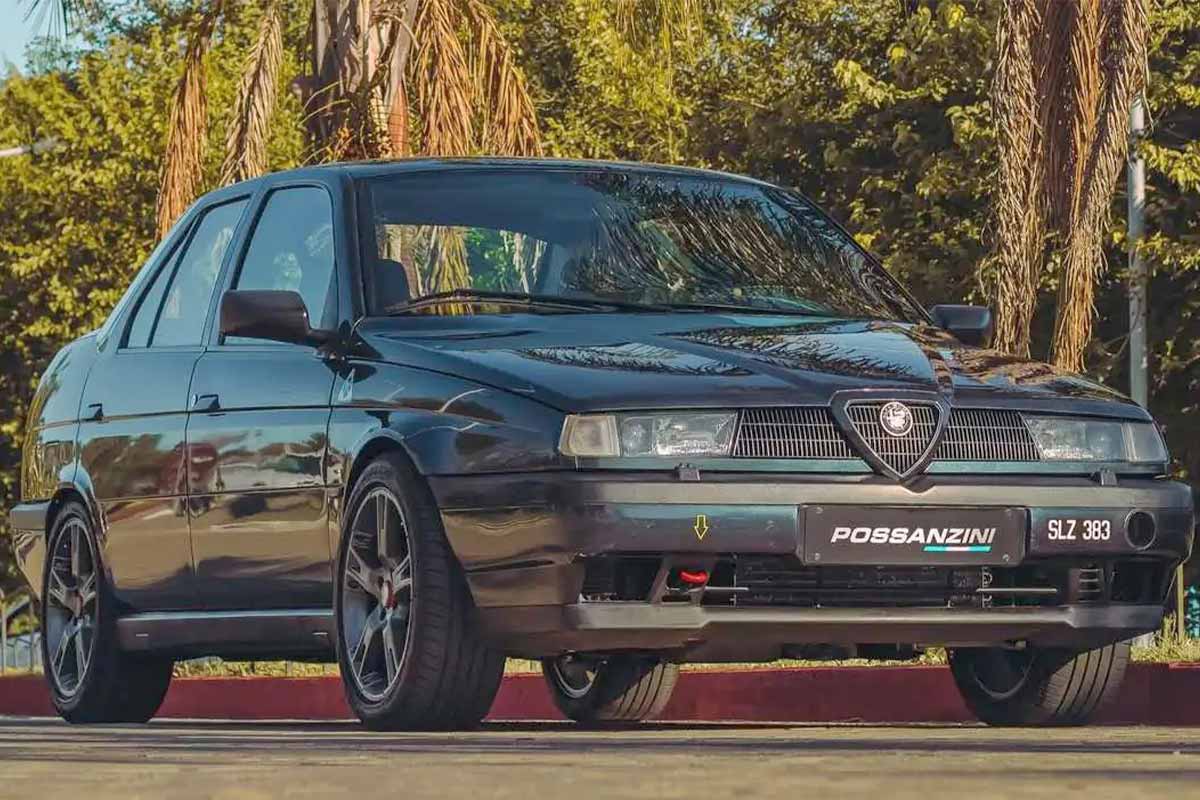
Today's 155 was created by Possanzini Automobili, and took 1,000 hours to complete. The car was christened 155 V6 GTAM, respecting the codes of the genre and the spirit of the letters "A" and "M" in the acronym: lightened and modified, but also improved and modernized.
Possanzini is a company founded in Córdoba, Argentina, with over 30 years' experience dedicated to the restoration of classics. Since 2011, they have dedicated themselves exclusively to Restomods, to which they add, as they say, a little "spice". Although this is not a very big market for Alfa Romeo, the brand enjoys a great deal of love in the land of Fangio, inherited of course from the "Maestro's" exploits with the Alfetta.
Modified chassis and bumpers

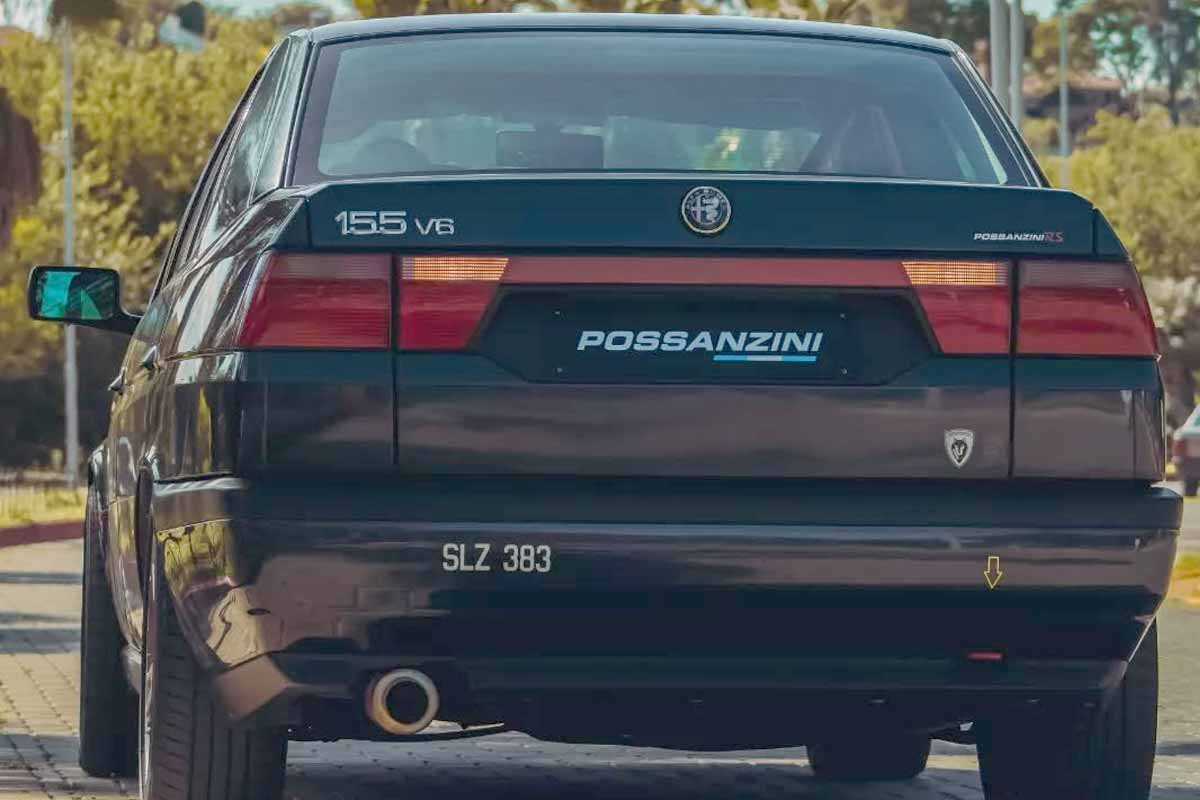
So the first change they made, in addition to checking and repairing everything that was out of order (wiring, electronics, sheet metal), was to fit a new suspension, lowering the center of gravity by 30 millimeters. Then they fitted sportier, more modern brakes, with ventilated and perforated discs. The 155 GTAm now sports 17-inch wheels with Bridgestone 225/45 tyres.
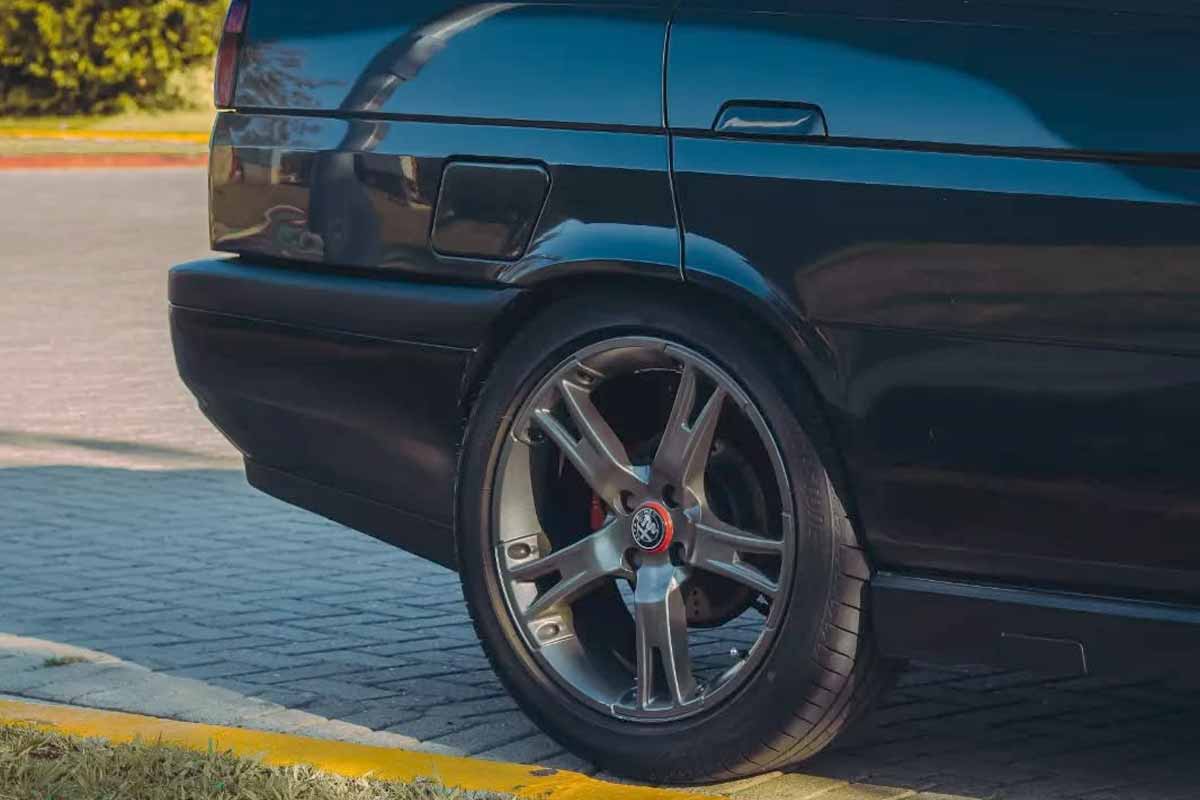
To ensure better cooling of this Alfa Romeo, the exterior features a slightly modified front bumper with dynamic air ducts, located in the lower part of the bumper, to cool the brakes and oil cooler. Another opening, located above, facilitates the entry of fresh air into the engine via the K&N high-performance air filter.
A prepared Busso!
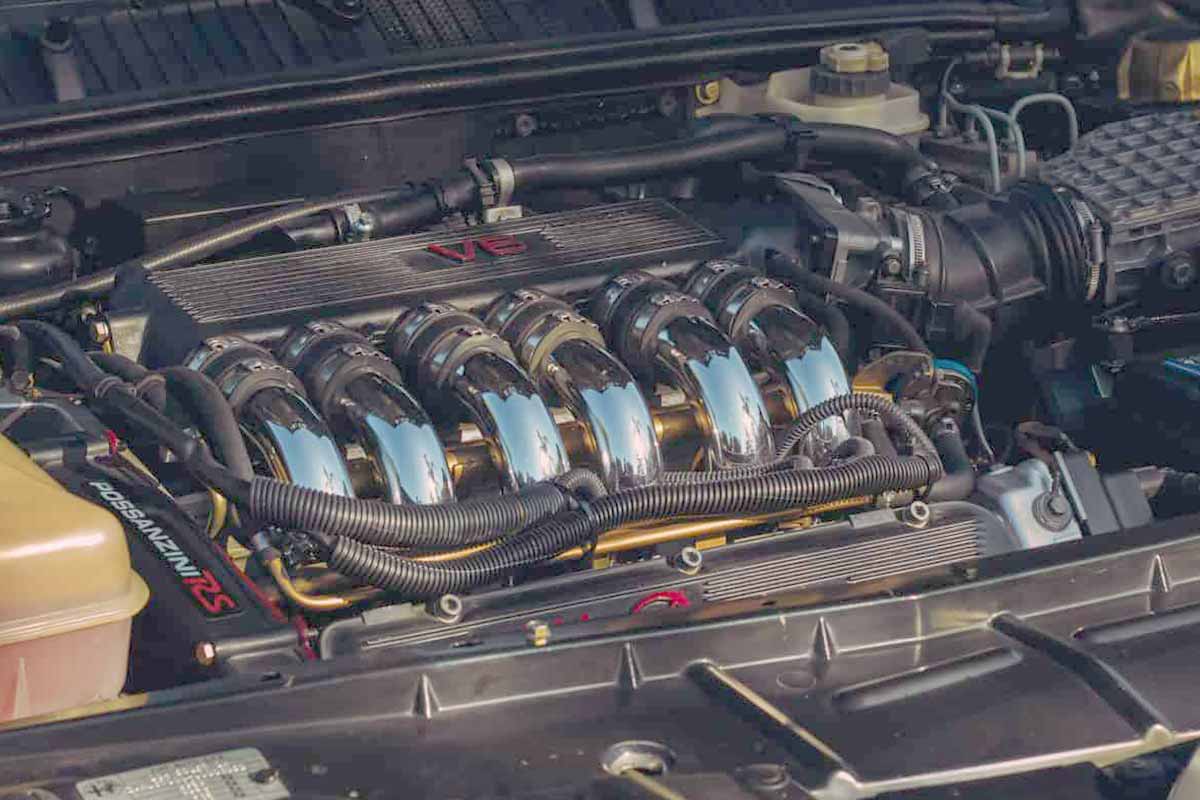
The famous Busso 2.5-liter V6 has also been overhauled, with modified electronic management, an increase in maximum engine speed to 7,200 rpm and the installation of a stainless steel Magnaflow exhaust system, which embellishes the vocals. Possanzini assures us that the original 165 HP has become 200 HP. In terms of performance, the workshop claims a 0 to 100 km/h time of seven seconds and a top speed of 230 km/h.
Competition atmosphere
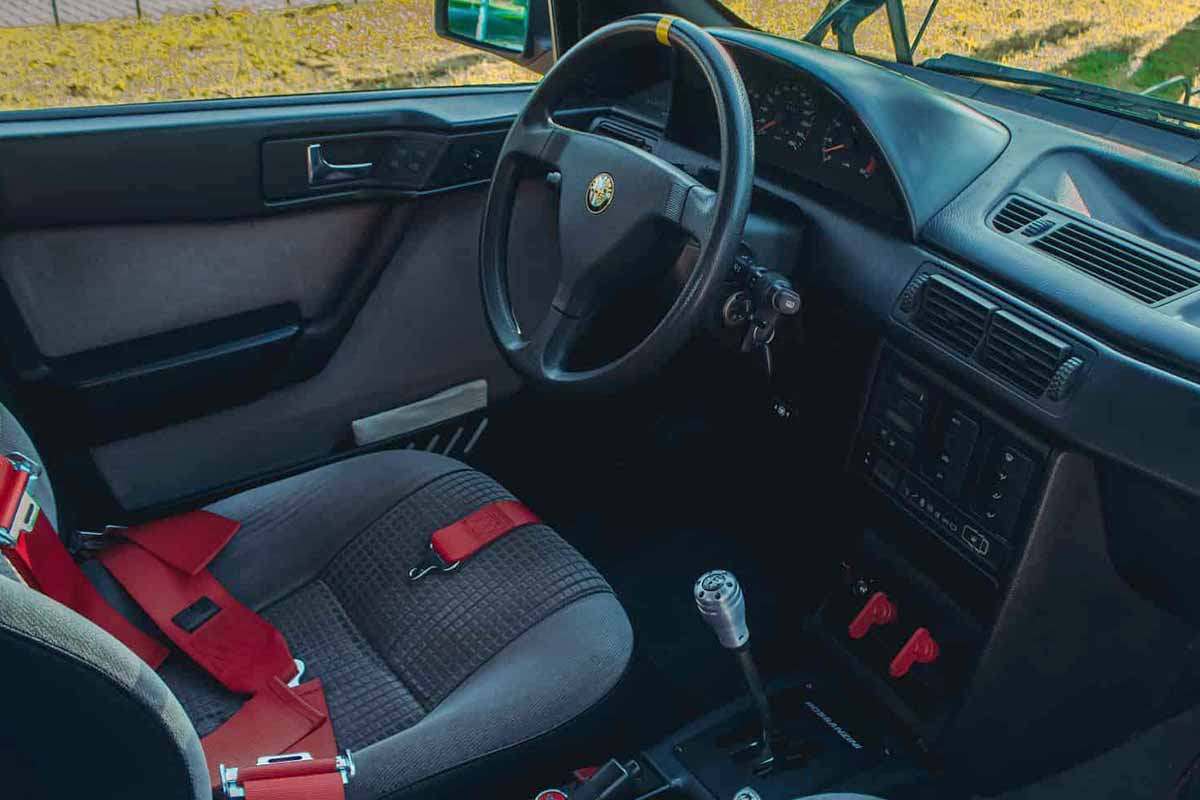
Inspired by the racing world, switches have been installed in the passenger compartment. They act on the ABS, since its assistance is not required on the circuit, and on the electrical system. One key serves as a power cut-off, for electrical safety in the event of an accident, while the other maintains the battery in perfect condition when the car is unused for long periods. In addition, an aircraft-style key and push-button are used for starting.
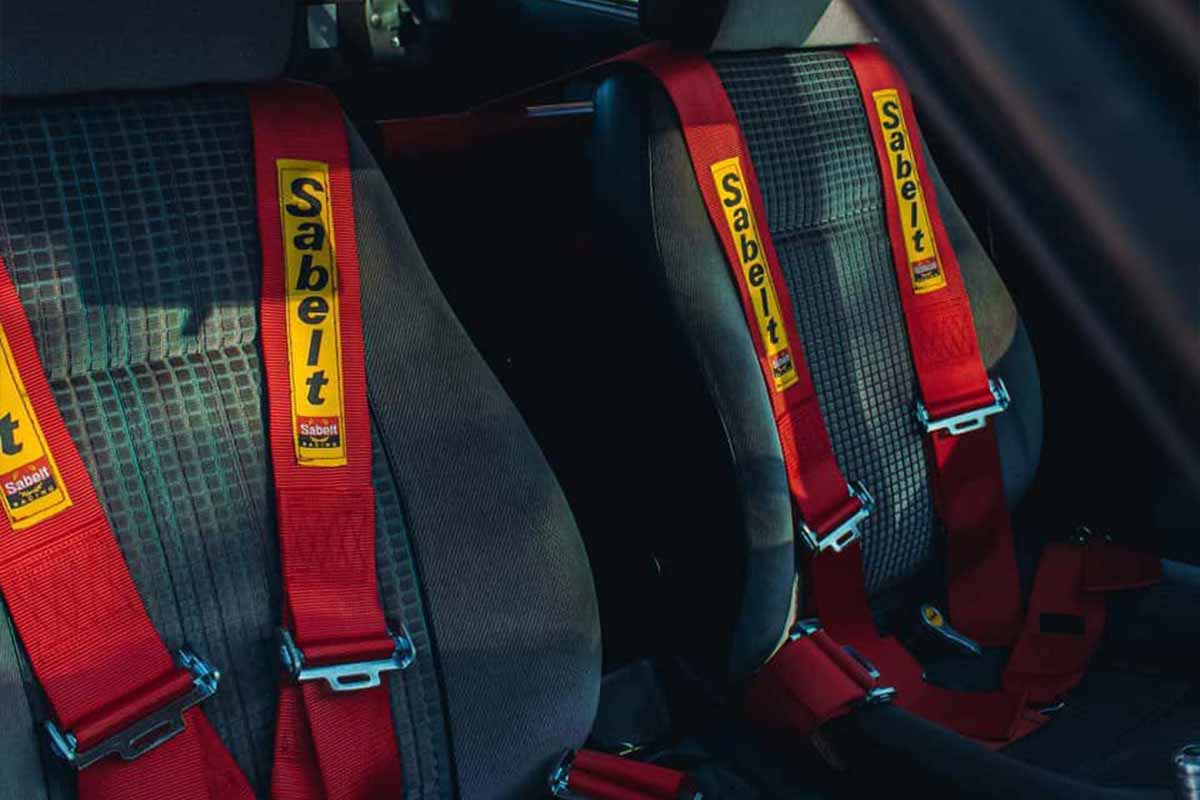
To save weight and accentuate the racing atmosphere, like a true Group N, the rear seat has been removed, making way for a half-cage and Sabelt five-point harnesses. By the way, if you've got...$230,000, it's yours!
